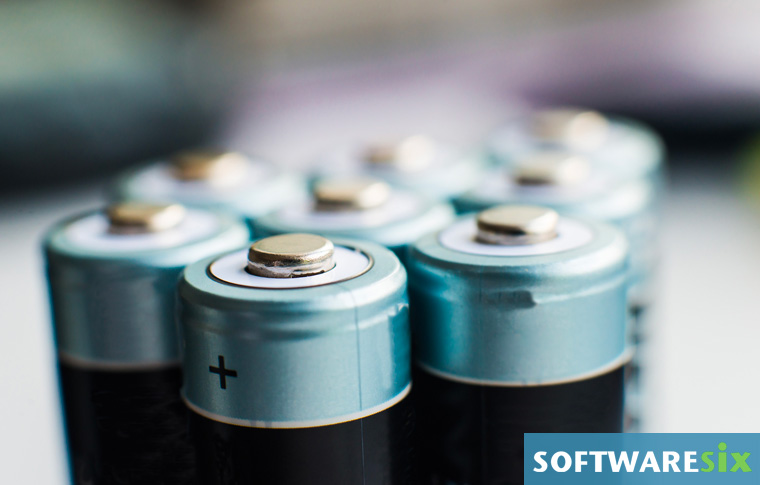As technology advances further, there is one aspect holding things back: batteries. Developers are now looking at sustainable resources that can provide alternative power sources that could eventually take the place of the batteries we’re currently using. By doing this, we would be able to reduce the environmental impacts that batteries currently cause.
According to experts, there could be more than 1 trillion devices that will make up the Internet of Things (IoT) by 2035. In order for all of these devices to work, they’ll need a power source. The current goal of developers is to create an IoT battery that is capable of lasting for 10 years. Even if developers are able to achieve this goal, this will still lead to IoT device users charging 270 million batteries each day.
A battery of problems
The batteries our society currently relies on have a destructive impact on the environment. The lithium needed to power rechargeable batteries has to be mined. This process requires massive amounts of water and has been known to displace groups of indigenous tribes living above lithium deposits. Additionally, when batteries reach the end of their useful life, vast numbers of them end up in landfills, where they leach toxins into the ground.
Another issue is price. Going with batteries is the cheaper option for powering devices and it’s gotten to the point where they’re capable of powering devices for decent amounts of time. The trade-off for lithium batteries is capacitors and supercapacitors, which are capable of storing much smaller volumes of energy than lithium batteries.
Batteries of the future
One of the concept batteries engineers are currently working on is a computer that is powered by microbes living in the soil. This works by manipulating geo-bacteria to grow around electrodes. These geo-bacteria will then generate microwatts of electricity that can both measure and transmit soil health data. This project was funded by a National Science Foundation grant of $1.2 million.
Another team of researchers out of Madrid is working on a sustainable wireless communication system. By using 2 emerging technologies radio frequency (RF) backscatter and LiFi, developers will be one step closer to a battery-free device.
LiFi is a concept involving Light Emitting Diodes (LEDs) and other light sources, coupled with the data modulating from them. This is then combined with the data sent from the IoT devices. IoT devices do this by reflecting and modulating data using existing RF signals from the environment; this is RF backscatter.
If researchers are successful with this type of alternative power source, the emergence of true smart homes, smart cities and smart agriculture are on the horizon.
As technology changes, it’s important for those working in the field to keep up-to-date on the latest advances. Keep checking back for information on all things IoT as well as other technological advantages.
